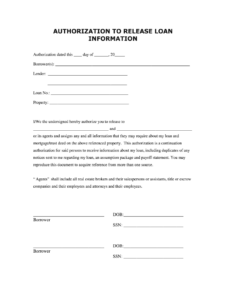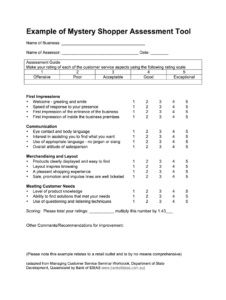An automation requirements gathering template is an essential tool for ensuring that your automation project is successful. By using a template, you can be sure that you are capturing all of the necessary information from stakeholders, and that you are doing so in a consistent and organized manner. This will help to avoid misunderstandings and ensure that the final product meets the needs of all involved.
There are many different automation requirements gathering templates available, but it is important to choose one that is specifically designed for your project. The template should be tailored to the type of automation you are implementing, as well as the size and complexity of your organization. Once you have chosen a template, you can begin gathering information from stakeholders.
Planning the Requirements Gathering Process
The first step in using an automation requirements gathering template is to plan the requirements gathering process. This involves identifying the stakeholders who need to be involved, determining the scope of the project, and setting a timeline. It is also important to create a communication plan to ensure that all stakeholders are kept informed of the progress of the project.
Once you have planned the requirements gathering process, you can begin to use the template to gather information from stakeholders. The template should include questions that cover all of the key aspects of the project, including the business goals, the scope of the project, the desired outcomes, and the constraints. It is important to ask open-ended questions that allow stakeholders to provide detailed feedback.
Managing Requirements
Once you have gathered all of the necessary information, you need to manage the requirements. This involves prioritizing the requirements, identifying dependencies, and creating a requirements traceability matrix. A requirements traceability matrix is a document that tracks the relationship between the requirements and the final product. It is used to ensure that all of the requirements are met by the final product.
Managing requirements is an ongoing process that should continue throughout the project lifecycle. As the project progresses, you may need to add or modify requirements. It is important to keep the requirements traceability matrix up to date so that you can always track the relationship between the requirements and the final product.
Conclusion
Using an automation requirements gathering template can help you to ensure that your automation project is successful. By using a template, you can be sure that you are capturing all of the necessary information from stakeholders, and that you are doing so in a consistent and organized manner. This will help to avoid misunderstandings and ensure that the final product meets the needs of all involved.
Remember to plan the requirements gathering process carefully, and to manage the requirements throughout the project lifecycle. By following these steps, you can ensure that your automation project is a success.

